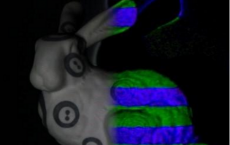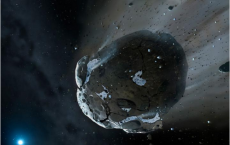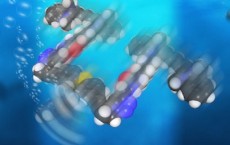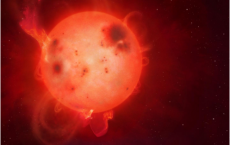
In a study, a team of researchers created a new technology that allows projection mapping to stick visual information onto moving and rotating objects.

In a study, researchers found that 3-D printed parts could have high toxicity levels.

A team of scientists have created a rare-earth free magnet that has high levels of iron and nickel (FeNi).

In a study, researchers found that rivers and human have similar breathing patterns, where they both produce large amounts of carbon dioxide the harder they work.

Olga Peñagarikano and Daniele Piomelli have recently made advancements in finding out if oxytocin levels could have a positive effect on those with Autism Spectrum Disorder.

Scientists have created a nanoscale submarine that's powered by light. The tiny submersibles could be huge when it comes to delivering targeted medications in the future.

New ancient DNA detective work may have revealed the origins of the Irish potato famine pathogen. Researchers have discovered that the fungus-like organism originated in South America.

Why is the sperm of rodents so much longer than the sperm of large mammals, like primates? That's a question that researchers have long struggled with. Now, they may have the answers.

In a study researchers found that a large number of earth-like planets are becoming uninhabitable due to harsh amounts of radiation.

The new finding is allowing the researchers to examine the galaxies' building blocks. The researchers have manged to explore the structure, formation and the evolution of galaxies through the new finding.

Scientists have used breakfast cereal to discover a new phenomenon in materials science: highly porous, brittle materials can deform in different ways depending on compaction velocity.

Scientists have detailed the first-ever successful elimination of a fata chytrid fungus in a wild amphibian, which could be huge when fighting the devastating disease.